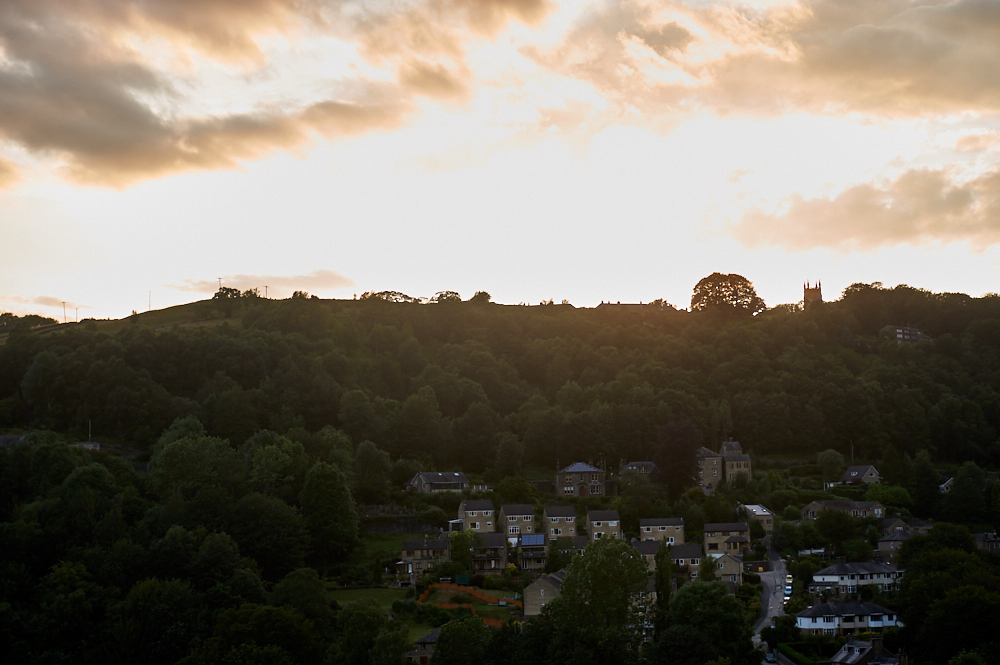
It was a kitschy goody bye to Hebden Bridge and my beautiful view! But it was time to start my travel into Bronte Country, the Worth Valley. And it even had something special in store for me. On that Sunday it was vintage trains day on the Worth Valley Railway!
But first I had to take the “Bronte Bus” and enjoy the very scenic drive to Haworth.
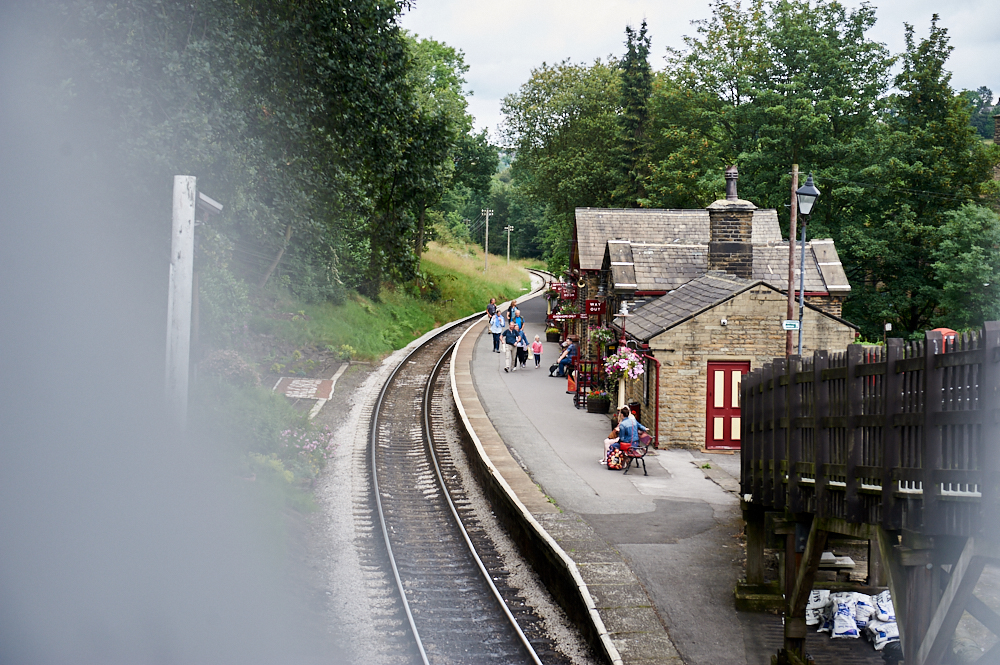 It took about one hour until I arrived at Haworth and the drive was just beautiful, I quickly threw all my luggage into my home for the next days and walked the few minutes to the railway station.
It took about one hour until I arrived at Haworth and the drive was just beautiful, I quickly threw all my luggage into my home for the next days and walked the few minutes to the railway station.
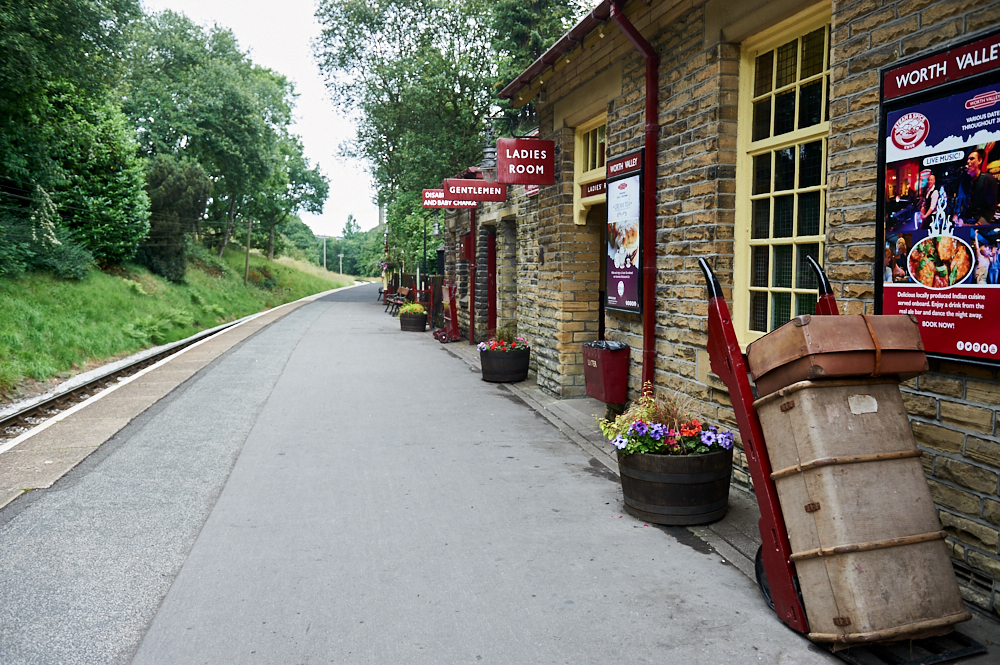 Feels like a scene from a movie – the station is only in use for the Worth Valley Railway and all of the other stations were also nicely decorated.
Feels like a scene from a movie – the station is only in use for the Worth Valley Railway and all of the other stations were also nicely decorated. 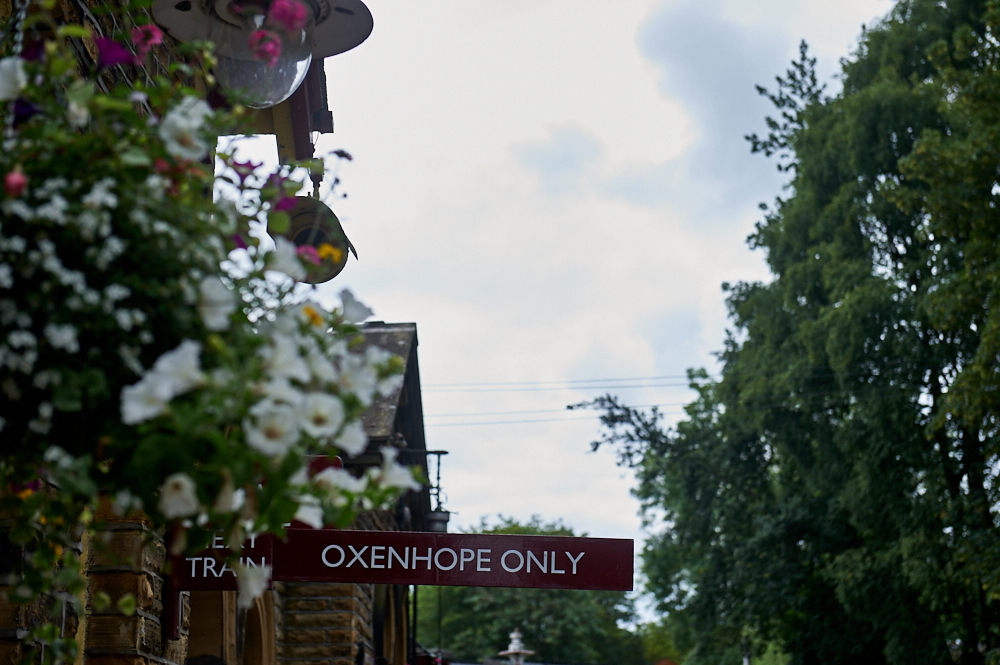
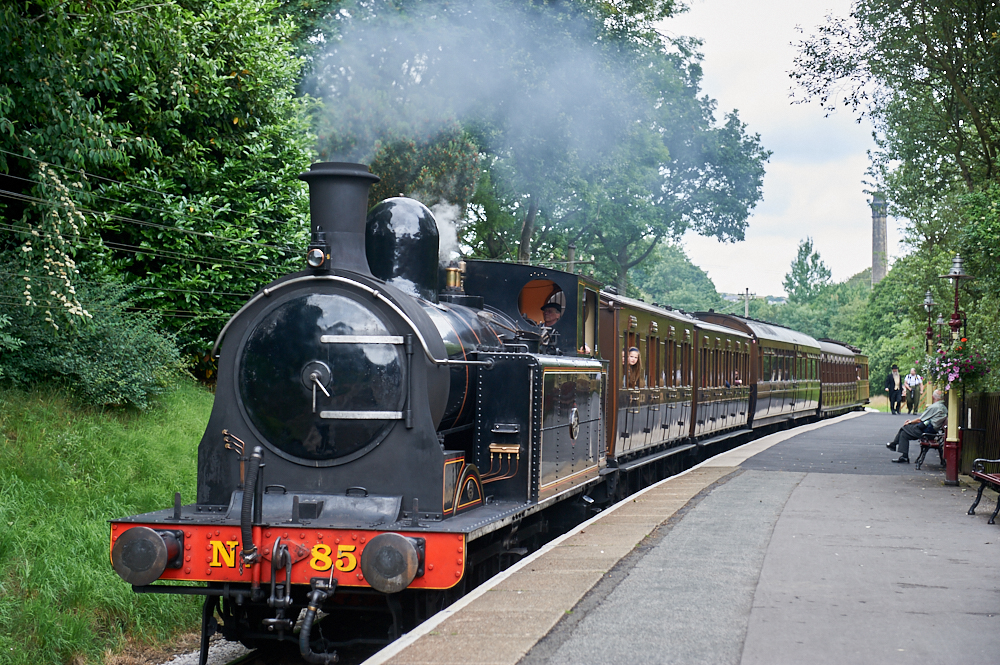 And here came my drive for the afternoon. Every carriage was different, it went from 3rd class, 2nd class, 1st class, club carriage and dining carriage – and as I went from Haworth to Oxenhope to Keighley to Oxenhope to Keighley to Haworth – I tried every single one. My last one was the club car with a serving of prosecco and strawberries with cream. It takes about 25 minutes to go the 8 km from Oxenhope to Keighley and it´s such a scenic drive.
And here came my drive for the afternoon. Every carriage was different, it went from 3rd class, 2nd class, 1st class, club carriage and dining carriage – and as I went from Haworth to Oxenhope to Keighley to Oxenhope to Keighley to Haworth – I tried every single one. My last one was the club car with a serving of prosecco and strawberries with cream. It takes about 25 minutes to go the 8 km from Oxenhope to Keighley and it´s such a scenic drive.
In 1861, John McLandsborough, a civil engineer, visited Haworth to pay tribute to Charlotte Brontë but was surprised to find that it was not served by a railway. He proposed a branch running from the Midland Railway’s station at Keighley to Oxenhope. The line would serve three small towns and 15 mills along its length.
A meeting of local gentlemen were told that the line would cost £36,000 to build (equivalent to £3,300,000 in 2018). A total of 3,134 shares worth £10 each were issued at this meeting, along with the election of directors, bankers, solicitors and engineers. J McLandsborough, the original proposer of the line (who dealt predominantly with water and sewerage engineering, but had experience of building the Otley and Ilkley Railway) was appointed acting engineer; whilst J. S. Crossley of the Midland Railway was appointed consultant engineer. (Wikipedia)
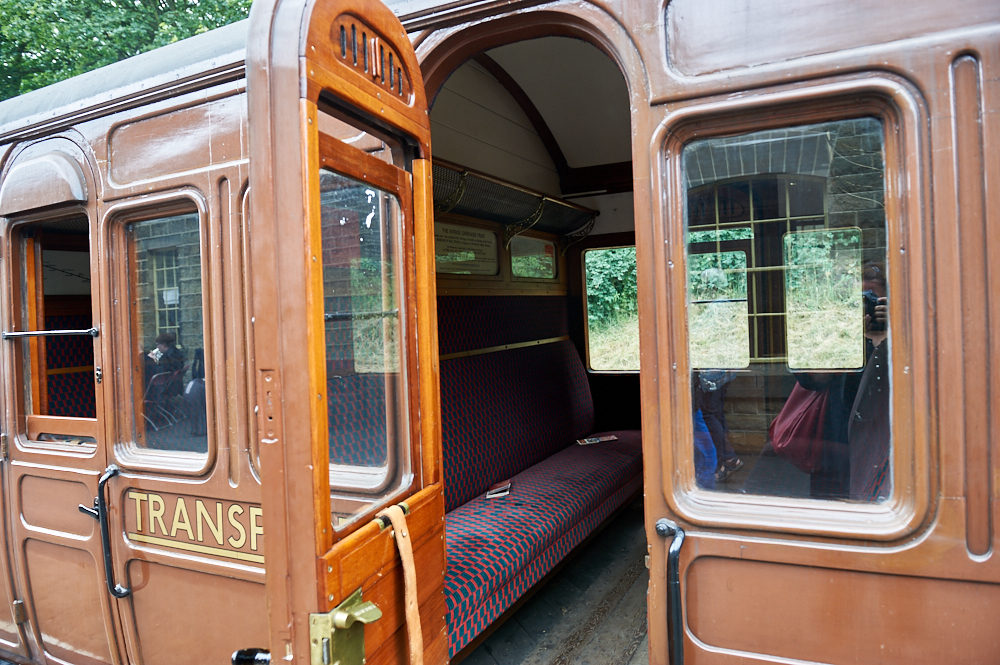
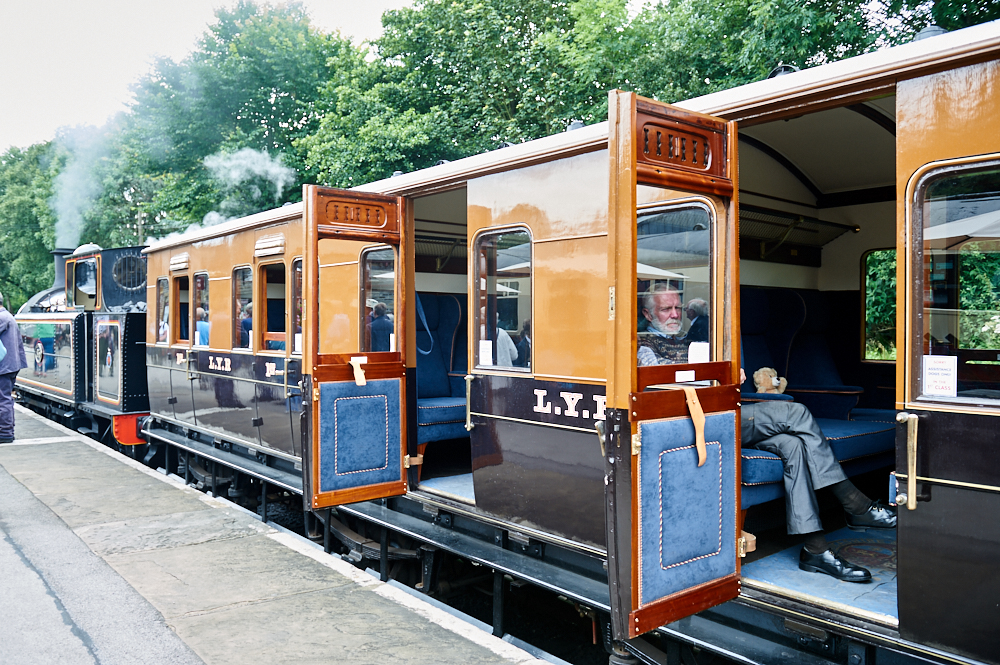
The line opened in 1867, funded predominantly by local wealthy mill owners. Within a very short time, the railway became part of the Midland Railway until in 1923 at the Grouping, it was absorbed into the new London Midland and Scottish Railway. Upon Nationalisation in 1948, the line became part of British Railways, and with its fortunes declining with the rise of competition from the roads, the branch closed in 1962.
Much local opposition to this saw the rise of the KWVRPS and by their efforts, the railway reopened in 1968. (Worth Valley Railway)
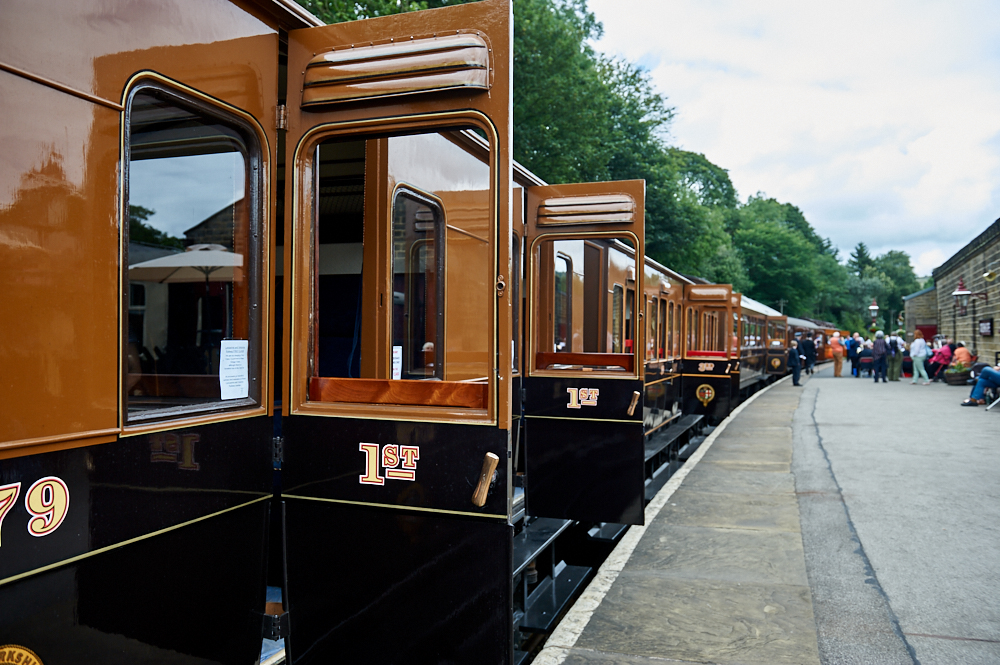
Today the railway is owned by the Preservation Society and most (all?) people working are volunteers.
It´s often used in movies and TV shows, one of the most local ones seems to be “The Railway Children” based on the book by E. Nesbit. Or more recent “Peaky Blinders” and “Testament of Youth”.
The Railway has appeared in many TV and film productions including Sherlock Holmes, Peaky Blinders, Disney’s 2019 remake of Dumbo and many more. Perhaps most famously, the Railway, and in particular the charming station at Oakworth, were used as the location for the classic 1970 film The Railway Children. Step back in time and relive this well-loved tale as you watch the vintage steam trains puff their way in and out of the valley. (Yorkshire.com)
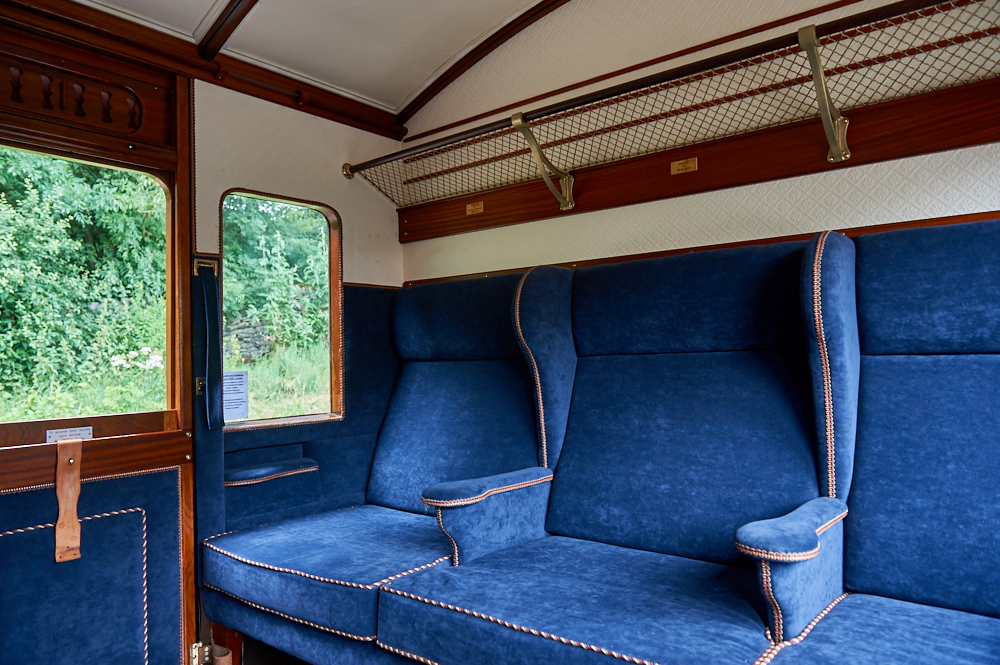
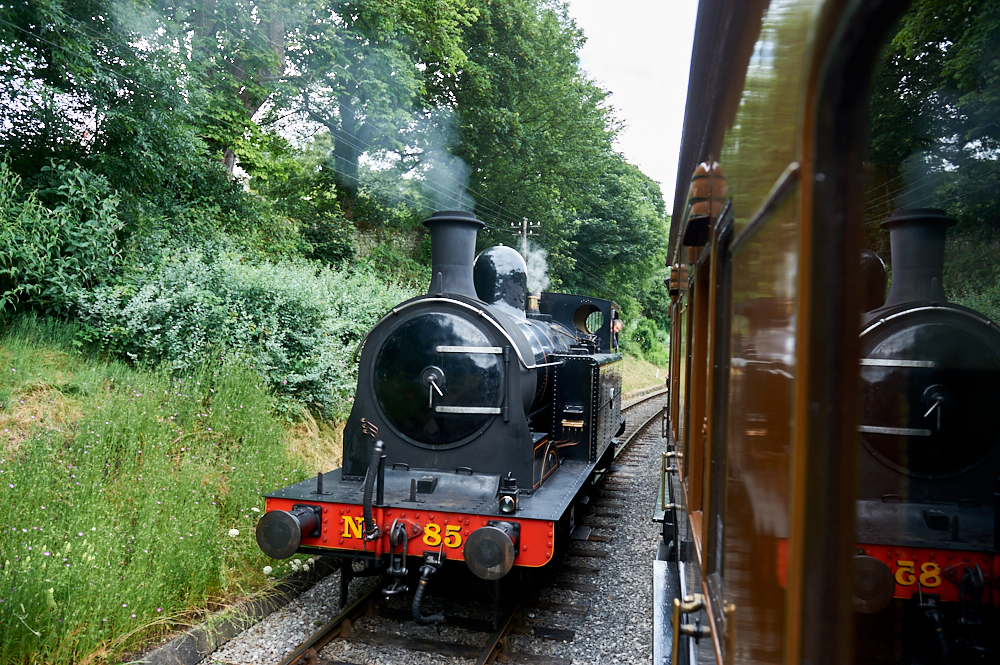
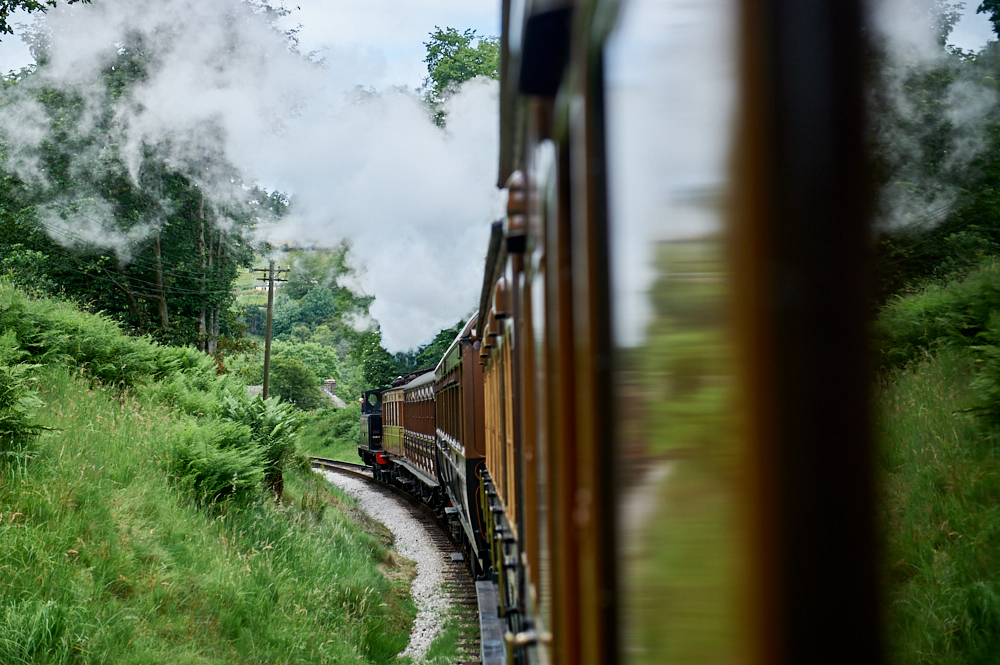
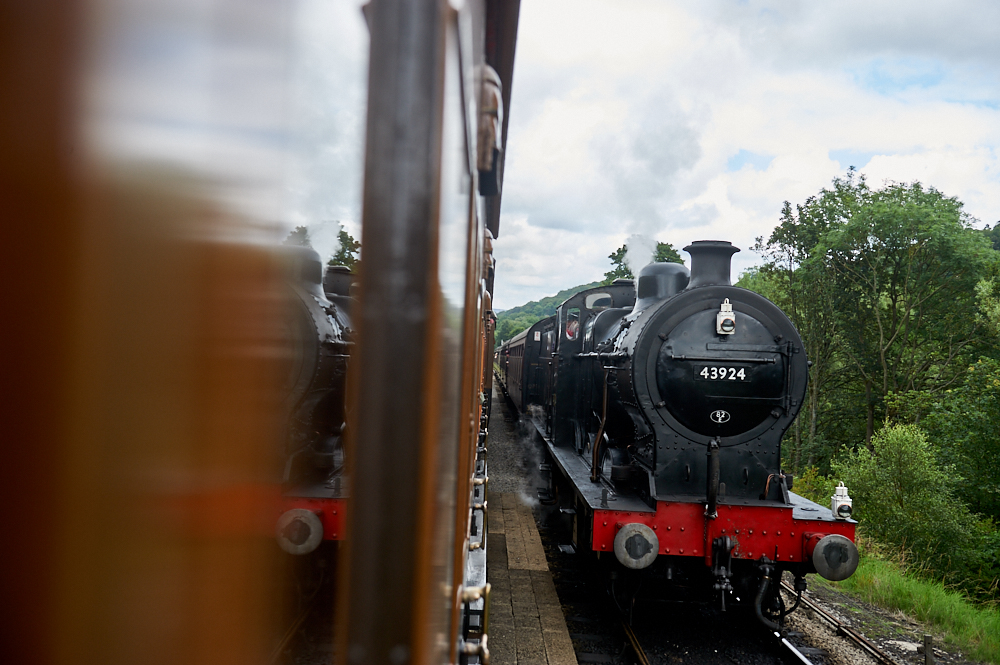
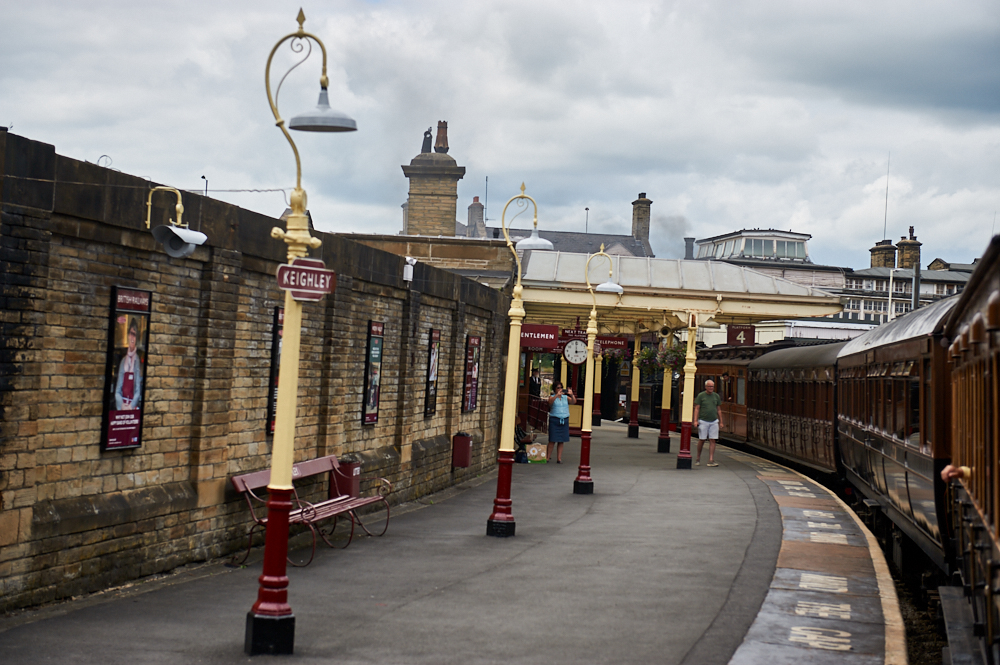

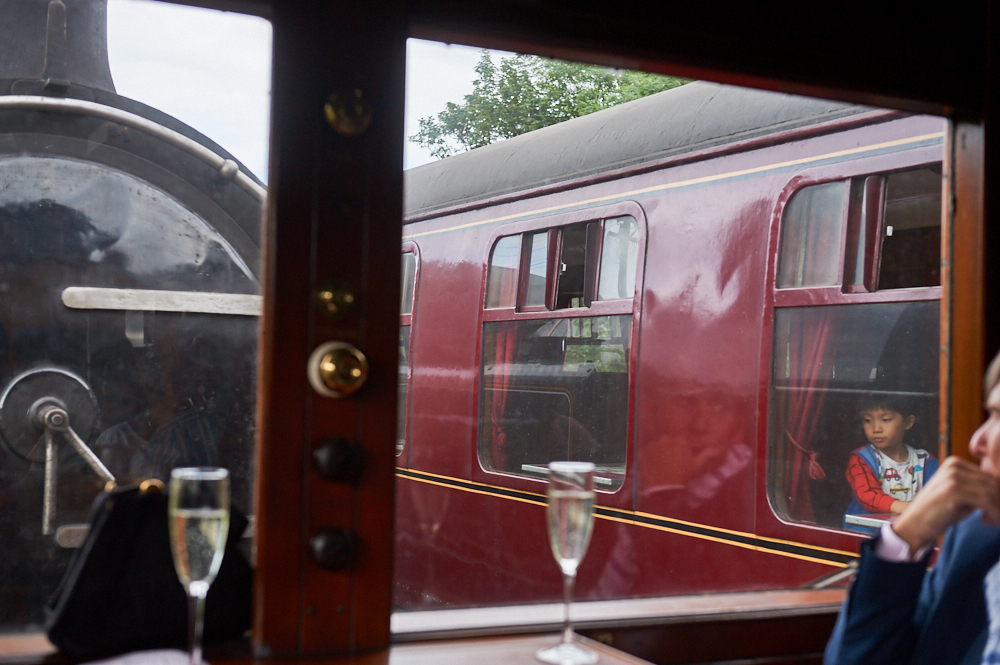
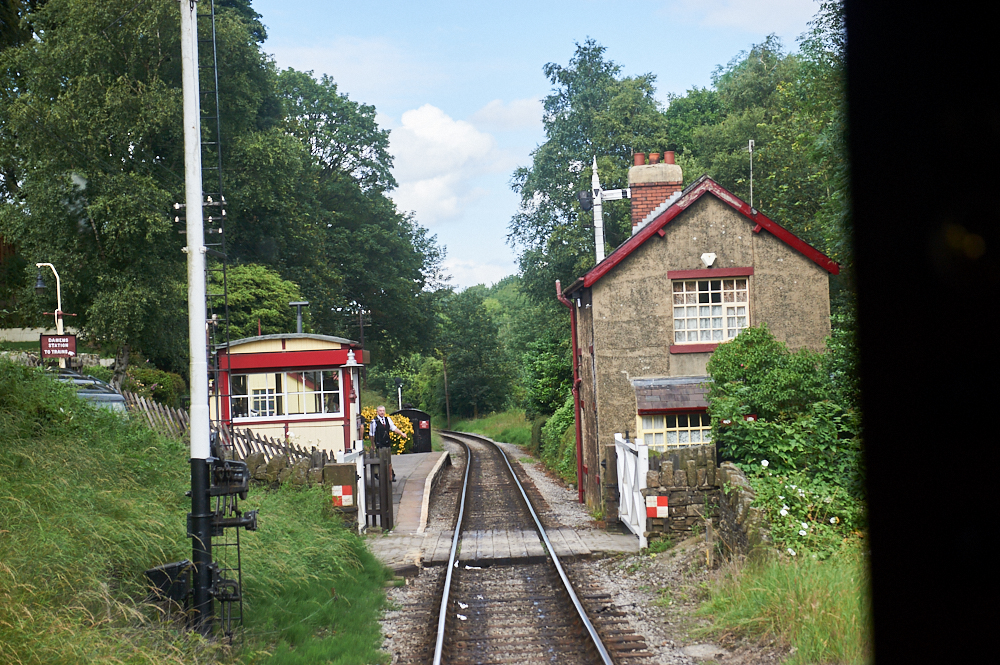
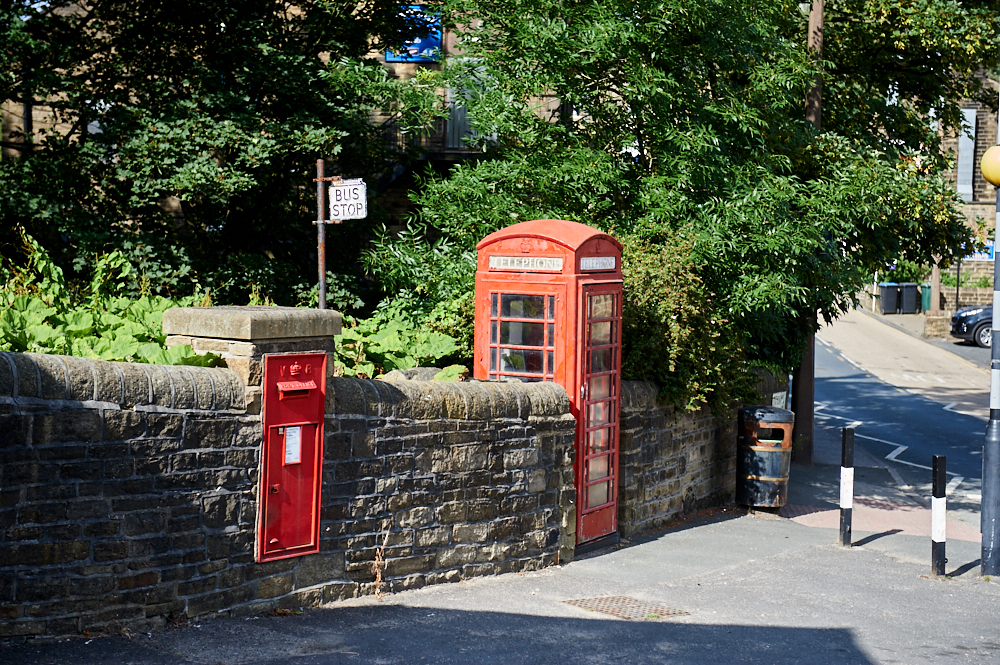
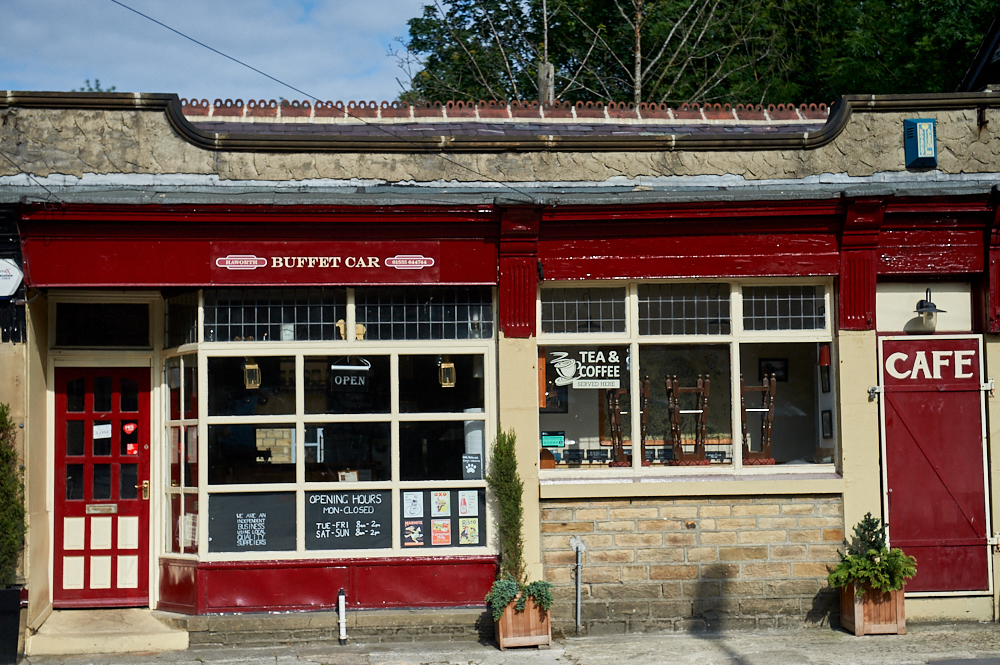
Leave a Reply